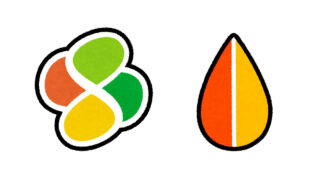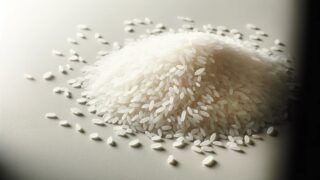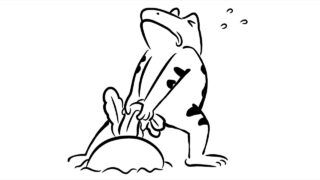Introduction
Jogging and running are both popular forms of exercise that involve moving on foot at a steady pace. While they share similarities, there are distinct differences between the two that can impact their effectiveness for weight loss. In this article, we’ll explore the characteristics of jogging and running, and help you determine which one is better suited for your weight loss goals.
Defining Jogging and Running
Jogging
Jogging is a slower-paced form of running, typically performed at speeds between 4 and 6 miles per hour (6.4 to 9.7 km/h). When jogging, at least one foot remains in contact with the ground at all times, which results in less impact on the joints compared to running.
Running
Running is a faster-paced form of exercise, usually performed at speeds greater than 6 miles per hour (9.7 km/h). When running, there are moments when both feet are off the ground, which results in greater impact on the joints compared to jogging.
Comparing the Effects of Jogging and Running
Calorie Burn
Running burns more calories than jogging due to its higher intensity. For example, a 150-pound (68 kg) person can burn approximately 400 calories in 30 minutes of running at a 6 mph (9.7 km/h) pace, while the same person would burn around 240 calories in 30 minutes of jogging at a 5 mph (8 km/h) pace.
Fat Burning
Jogging is often touted as being more effective for fat burning because it allows the body to maintain a lower intensity for a longer duration. However, running can lead to greater overall fat loss due to the higher number of calories burned during and after the workout, thanks to the “afterburn effect.”
Muscle Strengthening
Running places greater stress on the muscles, particularly in the legs and core, which can lead to increased muscle strength and tone. Jogging, while still beneficial for overall fitness, may not provide the same level of muscle-strengthening benefits as running.
Which Is Better for Weight Loss?
Beginners and Those with Lower Fitness Levels
For those new to exercise or with lower fitness levels, jogging is an excellent starting point. It allows for a gradual increase in cardiovascular endurance and minimizes the risk of injury. As fitness improves, individuals can progressively incorporate running into their routine.
Those Seeking Faster Results
If your goal is to lose weight quickly, running may be the better choice due to its higher calorie burn. However, it’s essential to listen to your body and avoid increasing mileage or intensity too rapidly to prevent injury.
Long-Term Weight Management
For sustainable, long-term weight management, a combination of jogging and running can be most effective. Incorporating both lower-intensity jogging and higher-intensity running can help prevent plateaus and maintain a well-rounded fitness routine.
Conclusion
Both jogging and running can be effective for weight loss, depending on your current fitness level, goals, and preferences. Beginners may benefit from starting with jogging and gradually progressing to running, while those seeking faster results may prefer the higher-intensity of running. Ultimately, the best approach is one that you can maintain consistently as part of a healthy lifestyle.





















